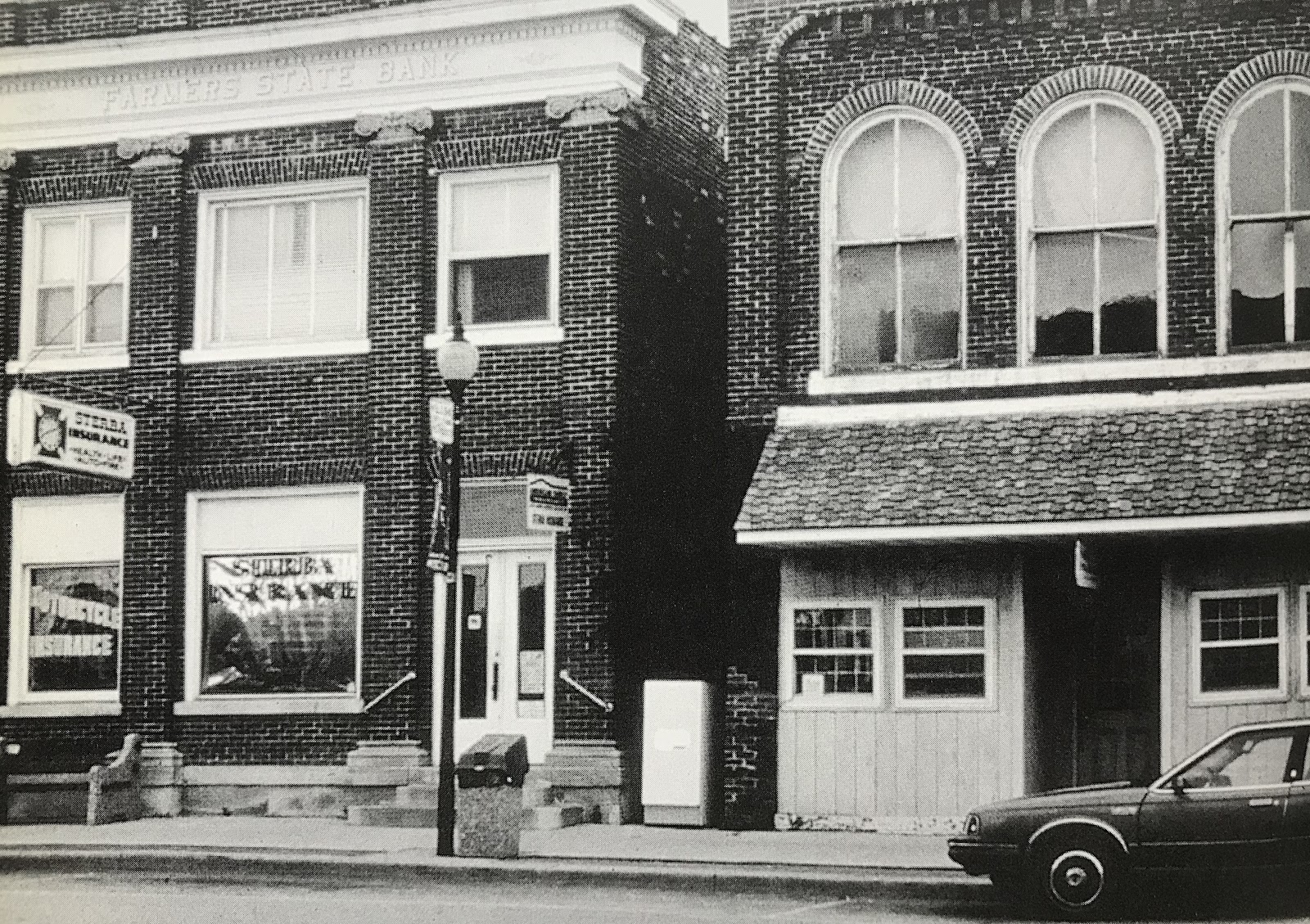
Store (cheese)
This project stems from events described in the June 20 and June 27, 1991 editions of the Sentry- Enterprise newspaper in HIllsboro, Wisconsin regarding a local dairy farm owned by the Webber family. In brief, 51 of 84 cows in Weber’s herd accidentally ingested substantial doses of an insecticide, Aldrin, which had been stored in one of the farm buildings prior to the Weber’s purchase of the farm in 1975. Aldrin, banned in the early 1970’s, is similar to DDT and has been found to cause birth defects in animals. Like DDT, Aldrin seems to move easily through food chains in the environment, complicating any instances of its use.
Some paradoxes have emerged which extend well beyond the boundaries of the single farm. One relates to the dumping of affected milk on the farm which threatens, over time, to contaminate the dump site as well as allow the chemical to enter more extensive plant and animal food chains. One must ask how can any such material be responsibly disposed of?
 At the core of the Store (cheese) project was the fabrication of cheese by Peterman from the contaminated Weber farm milk. Cheese is a way of preserving milk and therefore a means of embodying and “preserving” some of the previously mentioned issues. The blocks of cheese depicted one of two philosophies behind the disposal of toxic materials. The first, both legal and illegal, is to store the toxic materials as far away as possible by making use of dumps, ocean bottoms, mine shafts, etc. The second demonstrated here, is to put it in a place where it can be monitored in observable, accessible structures.
At the core of the Store (cheese) project was the fabrication of cheese by Peterman from the contaminated Weber farm milk. Cheese is a way of preserving milk and therefore a means of embodying and “preserving” some of the previously mentioned issues. The blocks of cheese depicted one of two philosophies behind the disposal of toxic materials. The first, both legal and illegal, is to store the toxic materials as far away as possible by making use of dumps, ocean bottoms, mine shafts, etc. The second demonstrated here, is to put it in a place where it can be monitored in observable, accessible structures.
The project as a whole consisted of the special production of cheese itself (several large “rounds” sealed in wax) along with related information presented in a portable display. A refrigerated display counter which could be moved from place to place was created and exhibited in the town of HIllsboro, Wisconsin for the Hirsch Farm Project in 1993.
